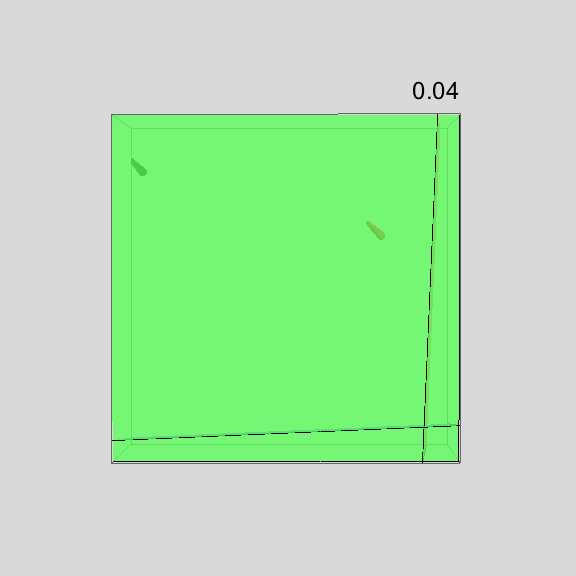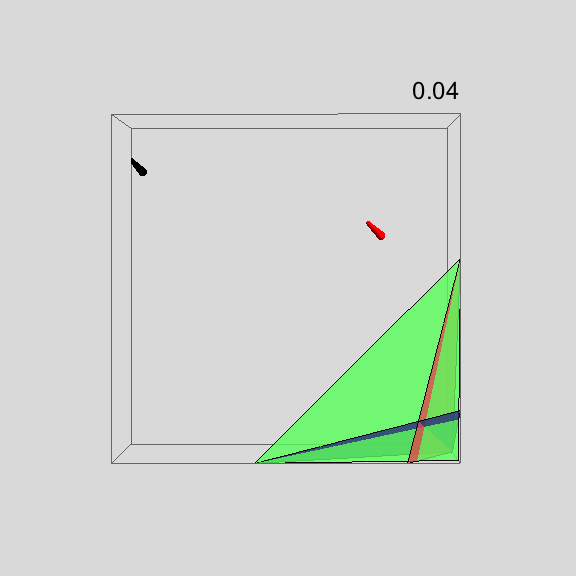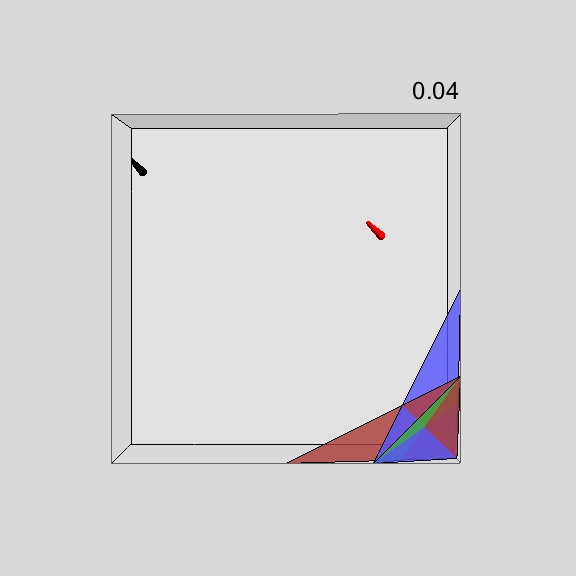
Degrade-and-fire oscillators
V. Hirbec
Coupled degrade-and-fire (DF) oscillators are basic models for the population dynamics of self-repressing genes, inspired by experiments on colonies of synthetic genetic circuits.
Considering a population of N cells, let be the gene expression level in cell i at time t. Expression levels evolve according to the following rules:
-
• let be the repressor level in cell i and let be a small threshold parameter.
While the associated gene level linearly degrades with rate 1, i.e. or remains constant if it has reached 0.
-
• When , the gene ‘fires’, its level is reset to 1, i.e. and then returns to the degrading phase.
The dynamics of coupled DF oscillators is characterized by the following properties (see A28, A35, A37, A40 and this video and slides of the IMA ’13 talk for more details): For every N and every
-
• every gene level must fire infinitely often (and between any two consecutive firing in cell i, every other gene fires once)
-
• population trajectories must asymptotically approach a periodic orbit (which only depends on the distribution of cells into clusters of identical expression levels)
These features are illustrated below, with examples of animated trajectories of a 3 cell ‘population’, and










Population trajectories for N=3 oscillators
In this case, all expressions levels remain positive and are always distinct, as shown in the animation.
NB: The green plane is the location of points where
When a trajectory hits this plane, the level is instantaneously reset to 1.
Similarly, the red (resp. blue) plane corresponds to
(resp. to ).






Population trajectories for N=3 oscillators
Depending on parameters, gene expression levels may vanish before firing. Moreover, some expression levels may coalesce together and then evolve in sync.
Here, the ‘black’ trajectory eventually enters and remains in the diagonal plane
Instead, all gene levels always remain distinct for the ‘red’ trajectory.



B. Fernandez
B. Fernandez

Population trajectories for N=3 oscillators
When some genes eventually cease to fire and their levels remain at 0 (which cells remain quiescent depend on the initial condition).
B. Fernandez




